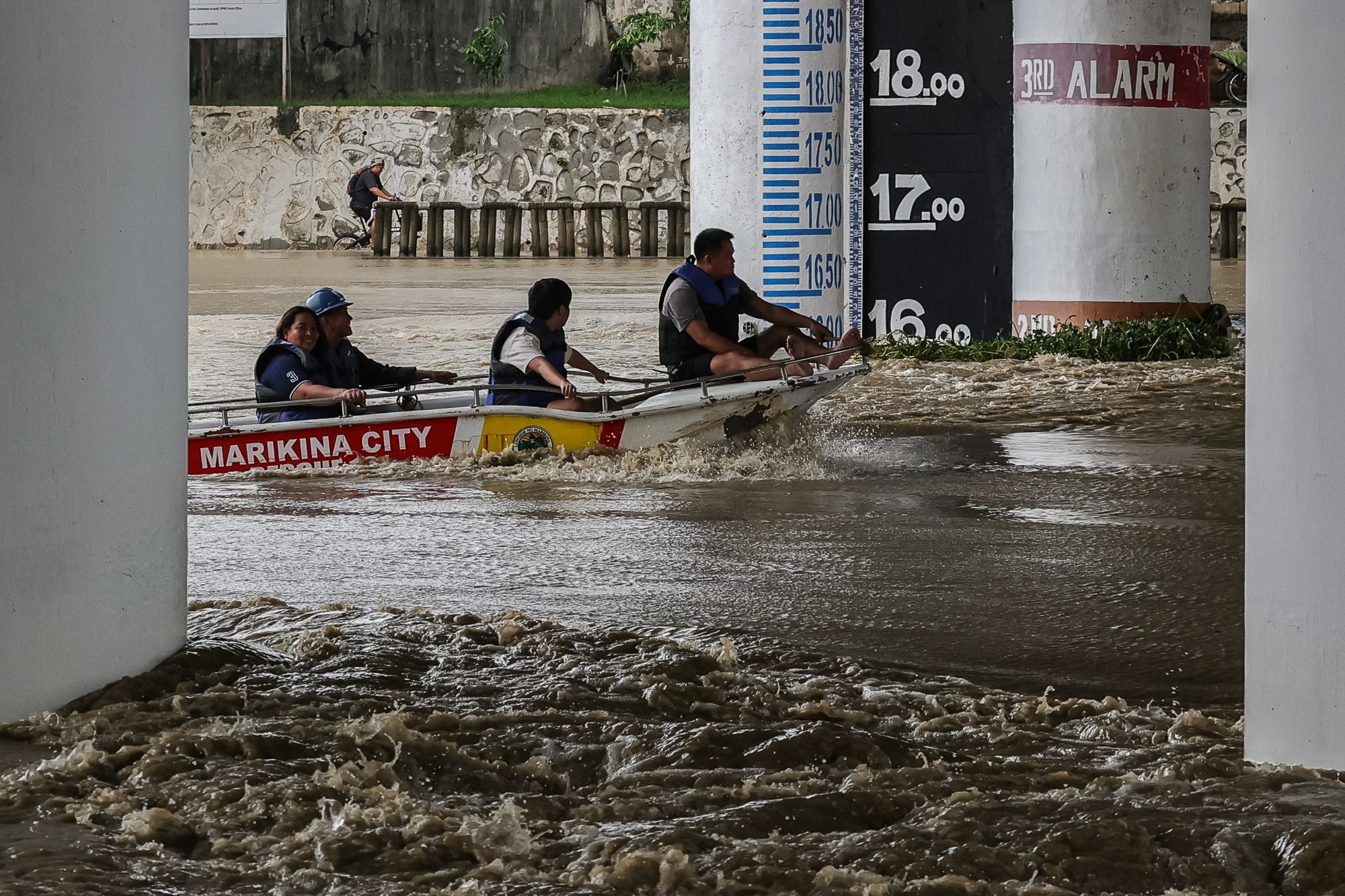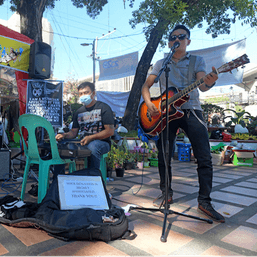SUMMARY
This is AI generated summarization, which may have errors. For context, always refer to the full article.

MANILA, Philippines – The Philippines is expecting the onset of La Niña to result in more storms than the previous year, when there were only 11 tropical cyclones because of the El Niño phenomenon.

Ana Liza Solis, climate monitoring chief at the Philippine Atmospheric, Geophysical, and Astronomical Services Administration (PAGASA), said on Tuesday, March 26, that their initial projection sees 13 to 16 typhoons by latter half of 2024.
It is important to note that this is still less than what the country experiences under normal conditions, typically averaging 20 tropical cyclones a year.
“During La Niña, we usually experience more typhoons because of warmer temperature of the ocean,” said Solis in a mix of Filipino and English.
In a La Niña event, sea surface temperatures in the western Pacific are warmer than normal, bringing more rainfall and severe floods. This is the opposite of how El Niño affects the Philippines, when sea temperature is colder, thus forming drier conditions and less rainfall.
Science Secretary Renato Solidum said on Tuesday in a Malacañang briefing that there is a 62% chance that La Niña will develop around June to August.
“And that percentage increases as we move to the later half of the year,” said Solidum. He assured that while the government is implementing actions to mitigate the effects of El Niño, they will later on transition into preparing for La Niña.
Because the warm waters are nearer the Philippines, developing storms have shorter travel time before they hit land, explained Solidum.
“That means we have smaller lead time,” Solidum said in Filipino. “The storm is nearer, there’s shorter time to prepare. So that’s why we have to be really ready for incoming storms.”
PAGASA in early March announced that its ENSO Alert and Warning System is now raised to La Niña Watch.
“Pre-developing La Niña, historically, is characterized by below-normal rainfall, therefore, the possibility of a slight delay on the onset of rainy season is likely with the combined effects of the ongoing El Niño,” PAGASA’s statement on March 7. – Rappler.com
1 comment
How does this make you feel?





Another crisis is coming up. I hope that our government is prepared to tackle this. Some politicians may also see opportunities to exercise their Political Patronage System and engage in corrupt practices. It is a win for them but a loss for the Filipino People.